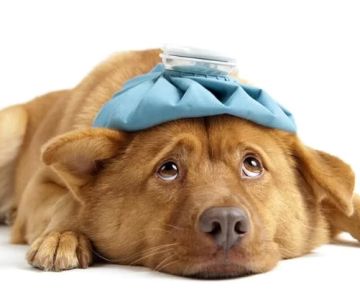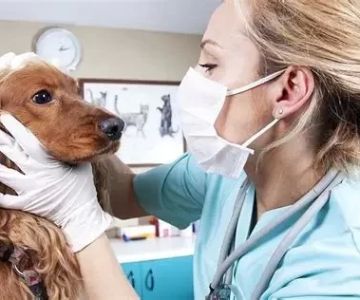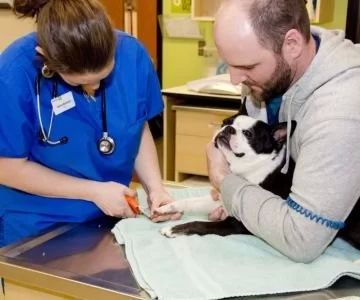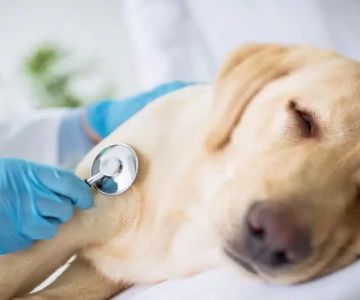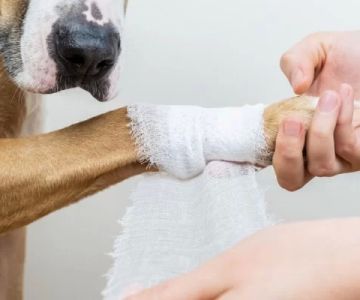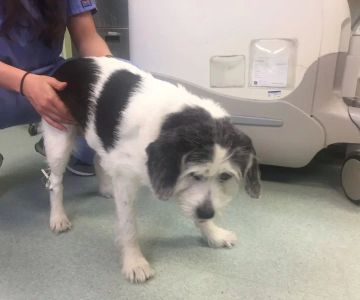- What-is-Pet-Shock
- Early-Warning-Signs
- Immediate-Actions-to-Take
- Real-Cases-of-Pet-Shock
- Long-Term-Care-and-Recovery
- When-to-Seek-Professional-Help
- Trusted-Guidance-and-Support
1. What is Pet Shock
Shock in pets is a life-threatening emergency that occurs when the body’s organs and tissues don’t receive enough oxygen. It can be triggered by trauma, blood loss, allergic reactions, or severe infections. Recognizing pet shock and what to do immediately can make the difference between life and death. Understanding the basics helps every pet owner act quickly and effectively in a crisis.
2. Early Warning Signs
Physical Changes
Look for pale or bluish gums, rapid or weak pulse, shallow breathing, and cool extremities. These are classic indicators that circulation is compromised. In some cases, the pet may tremble or collapse suddenly.
Behavioral Clues
A normally active pet that becomes lethargic, anxious, or unresponsive may be entering shock. Restlessness followed by extreme weakness is often an early progression. Catching these clues early gives owners precious time to act.
3. Immediate Actions to Take
Once you identify symptoms, place your pet on a flat, warm surface and keep them calm. Avoid unnecessary handling. If there’s visible bleeding, apply firm but gentle pressure with a clean cloth. Do not offer food or water if your pet is unconscious. Most importantly, seek veterinary help right away. Knowing what to do if your pet is in shock ensures your companion has the best chance of recovery.
Maintaining Airway and Comfort
Make sure your pet’s airway is clear. Loosen tight collars or harnesses, and tilt the head slightly to the side to prevent choking. Keep your pet covered with a blanket to preserve body heat, but do not overheat.
4. Real Cases of Pet Shock
One dog in Texas was rushed to the clinic after being hit by a car. The owner noticed pale gums and shallow breathing—classic signs of shock. Quick first aid and immediate veterinary care saved his life. Another case involved a cat that developed anaphylactic shock after a bee sting. The owner’s fast recognition of swelling and collapse, paired with a call to the vet, prevented a tragic outcome. These stories remind us why immediate response is critical.
5. Long-Term Care and Recovery
Recovery from shock doesn’t end at the emergency room. Pets often need IV fluids, antibiotics, or monitoring to stabilize organ function. Once home, follow your vet’s guidance carefully. Rest, gradual reintroduction of food, and close observation are vital. Emotional support also matters—gentle reassurance can help pets feel safe after a traumatic experience.
6. When to Seek Professional Help
If your pet shows any of the early signs of shock, do not wait. Even mild symptoms can escalate quickly. Prompt veterinary attention can mean survival. Never assume the situation will resolve on its own—shock is always an emergency.
7. Trusted Guidance and Support
For owners who want reliable care, Hidden Brook Veterinary provides expert services and products that support both emergency response and long-term recovery. From professional advice to critical care, having a trusted veterinary partner ensures you’re never alone in a crisis. Acting quickly, staying informed, and relying on experienced professionals gives your pet the best chance for a healthy outcome.
Recognizing pet shock and knowing what to do immediately is not just medical knowledge—it’s an act of love and responsibility every pet owner can learn.

